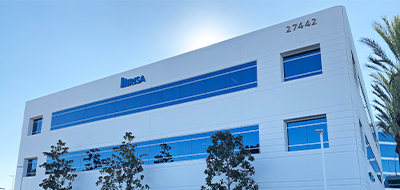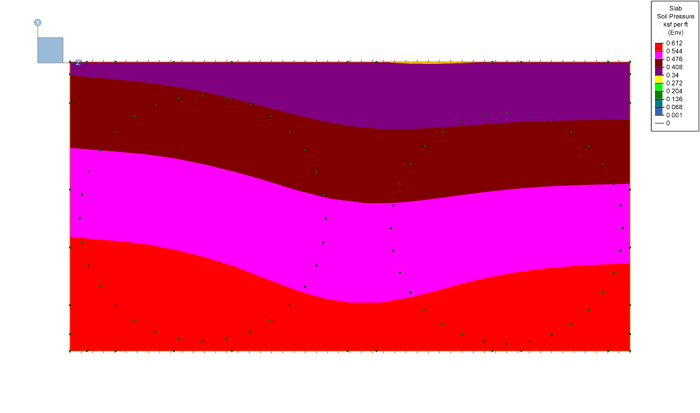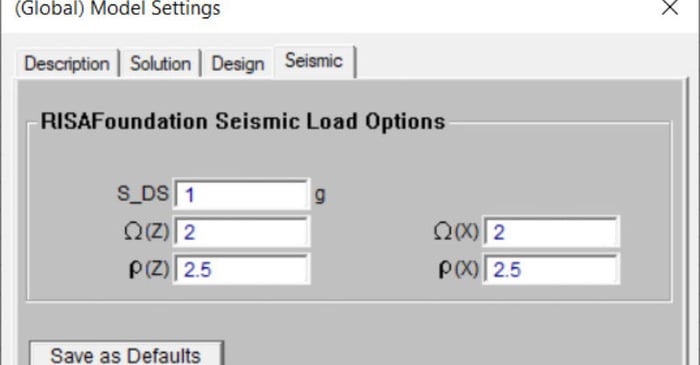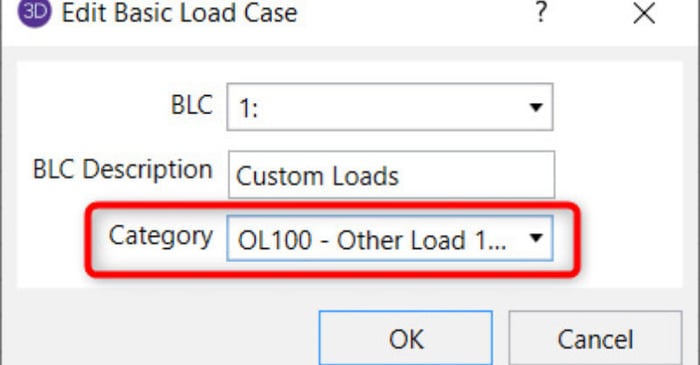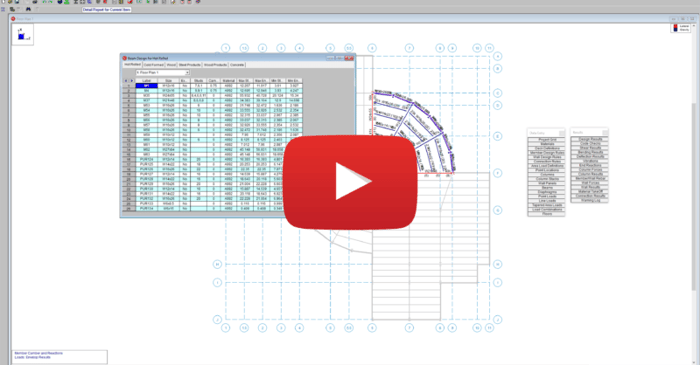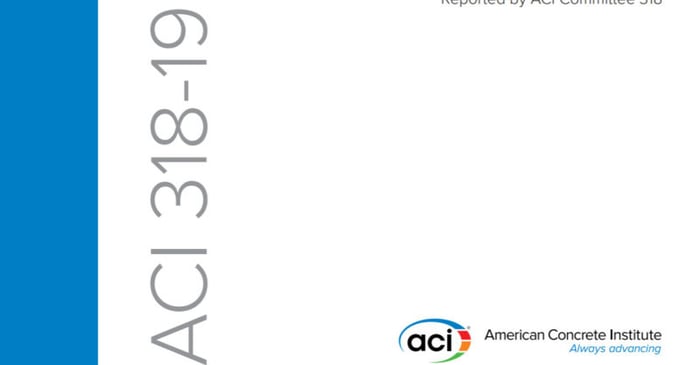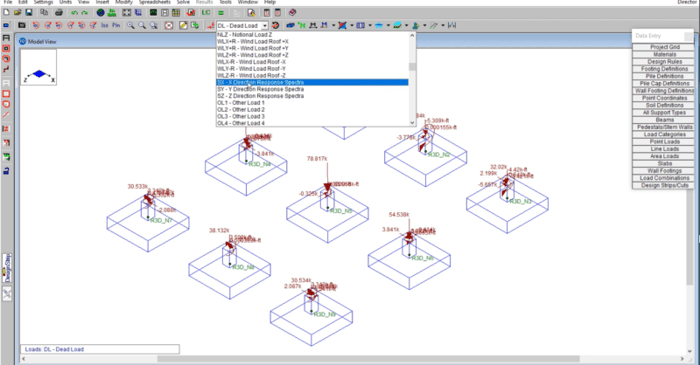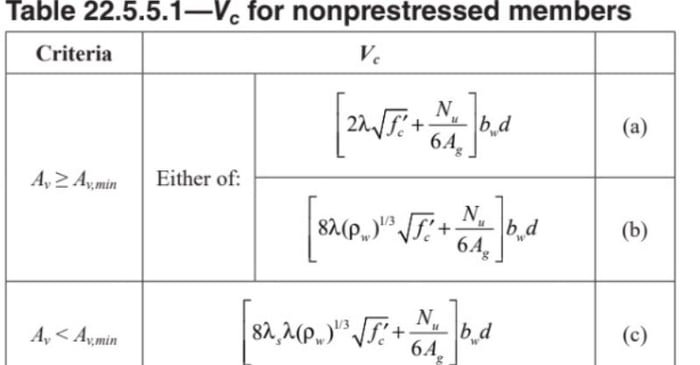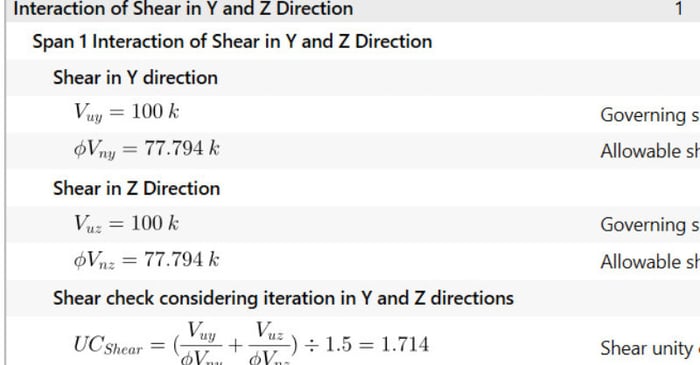
April 14, 2021
What’s New with RISA and Windows Updates?
RISA software is staying current with all the Windows updates in order to bring you the best quality that Windows recommends. Unfortunately, that means it will require a little extra time during installation and your computer could require a reboot more than once. The current versions of RISA...



